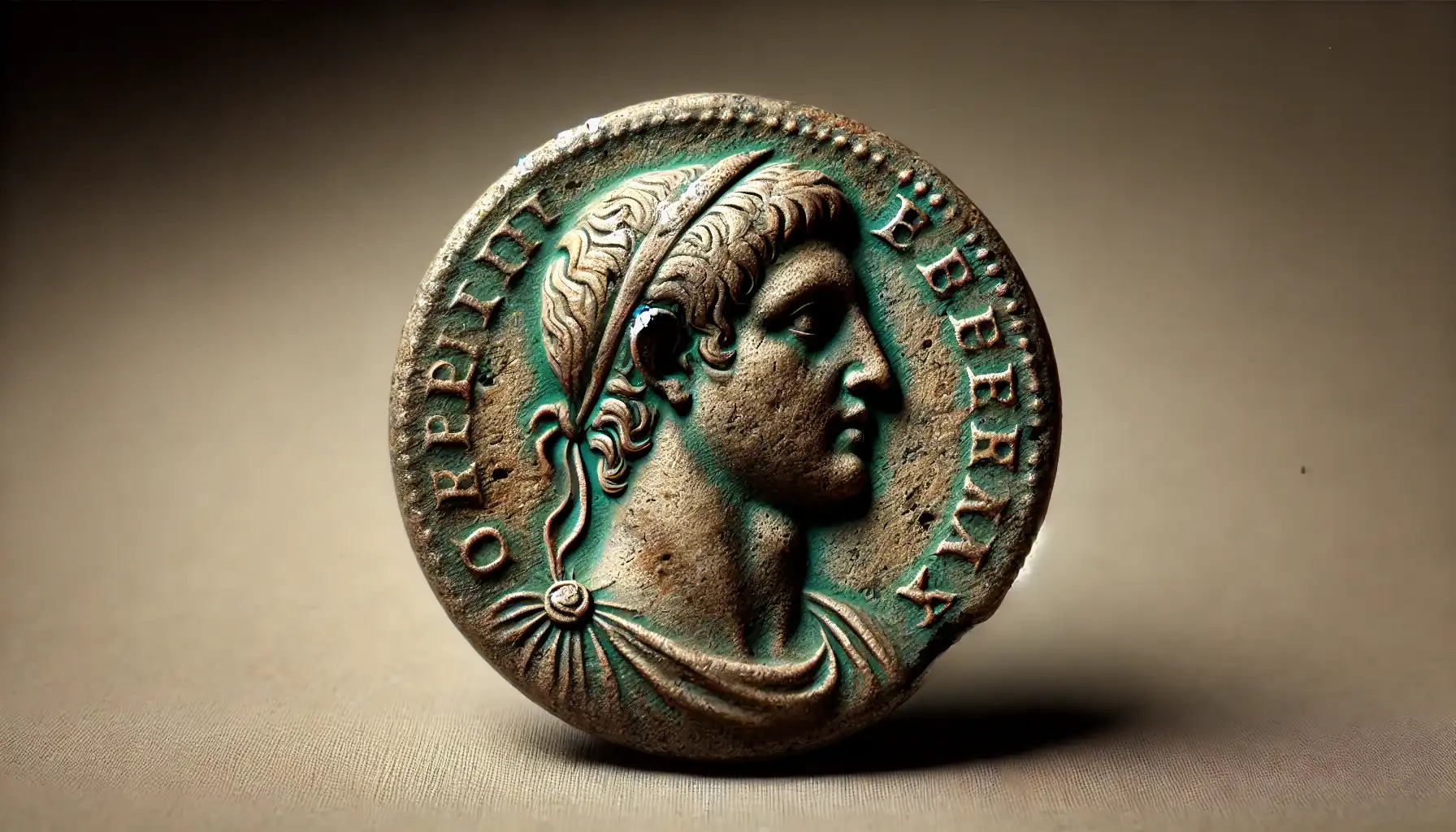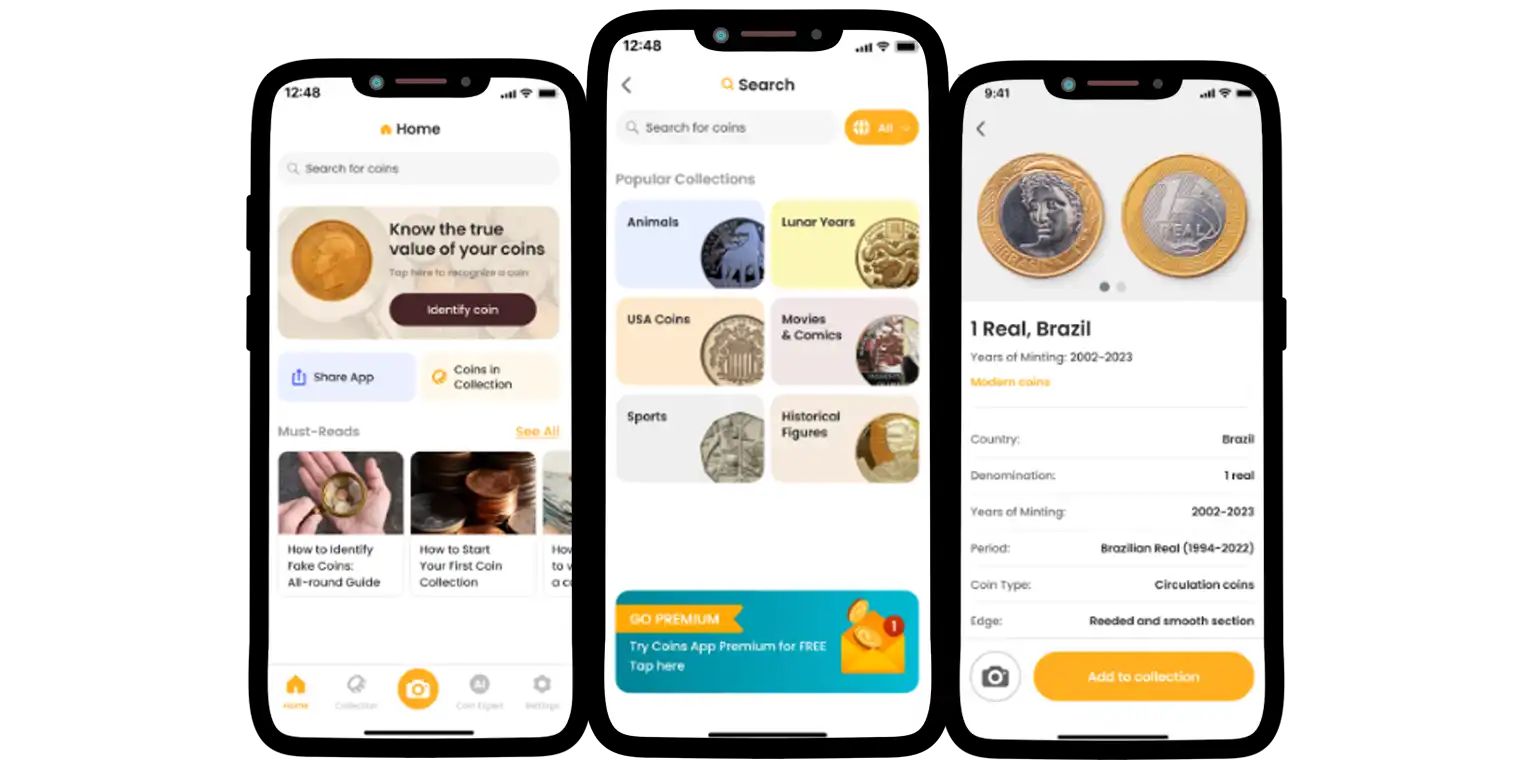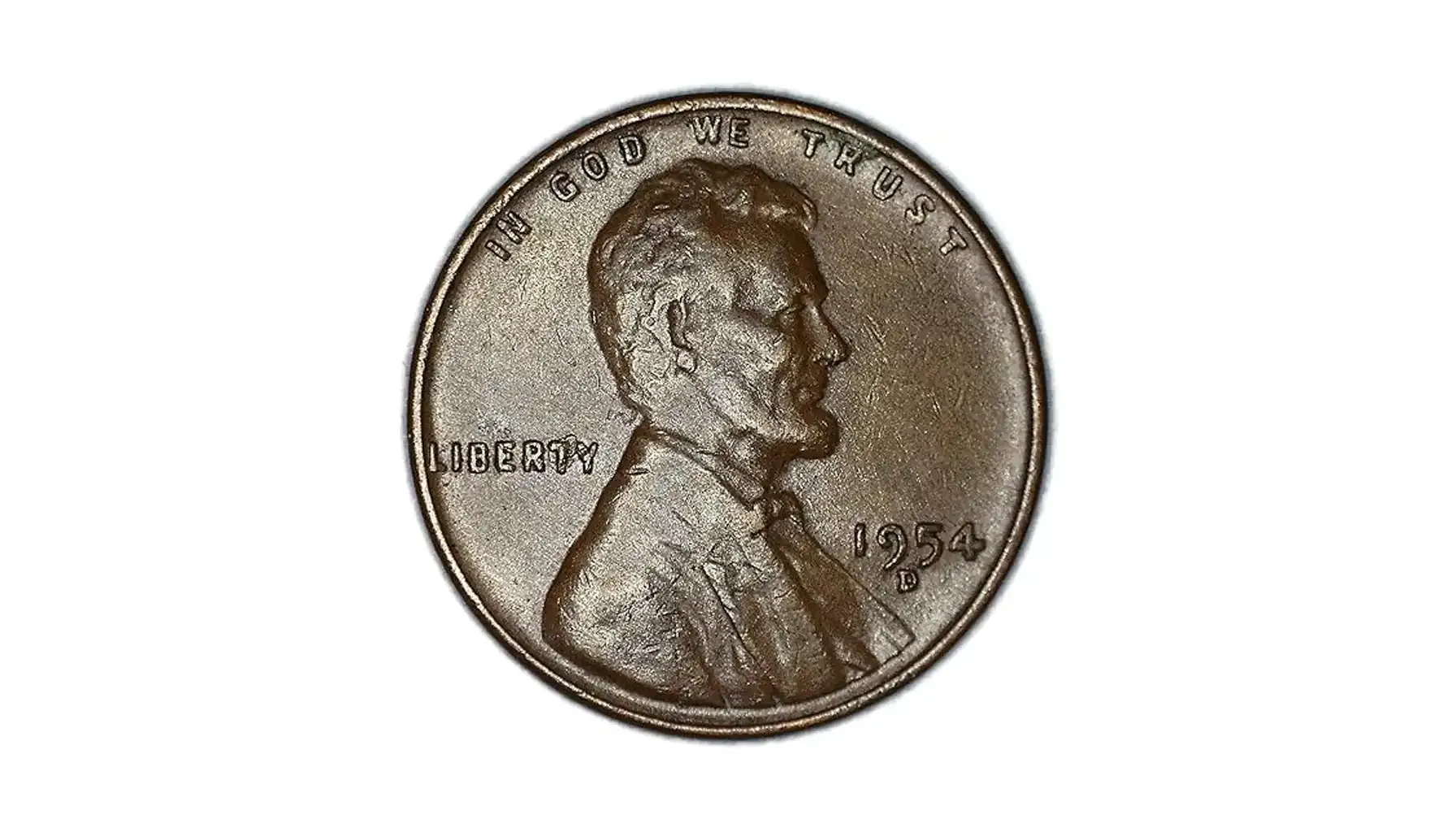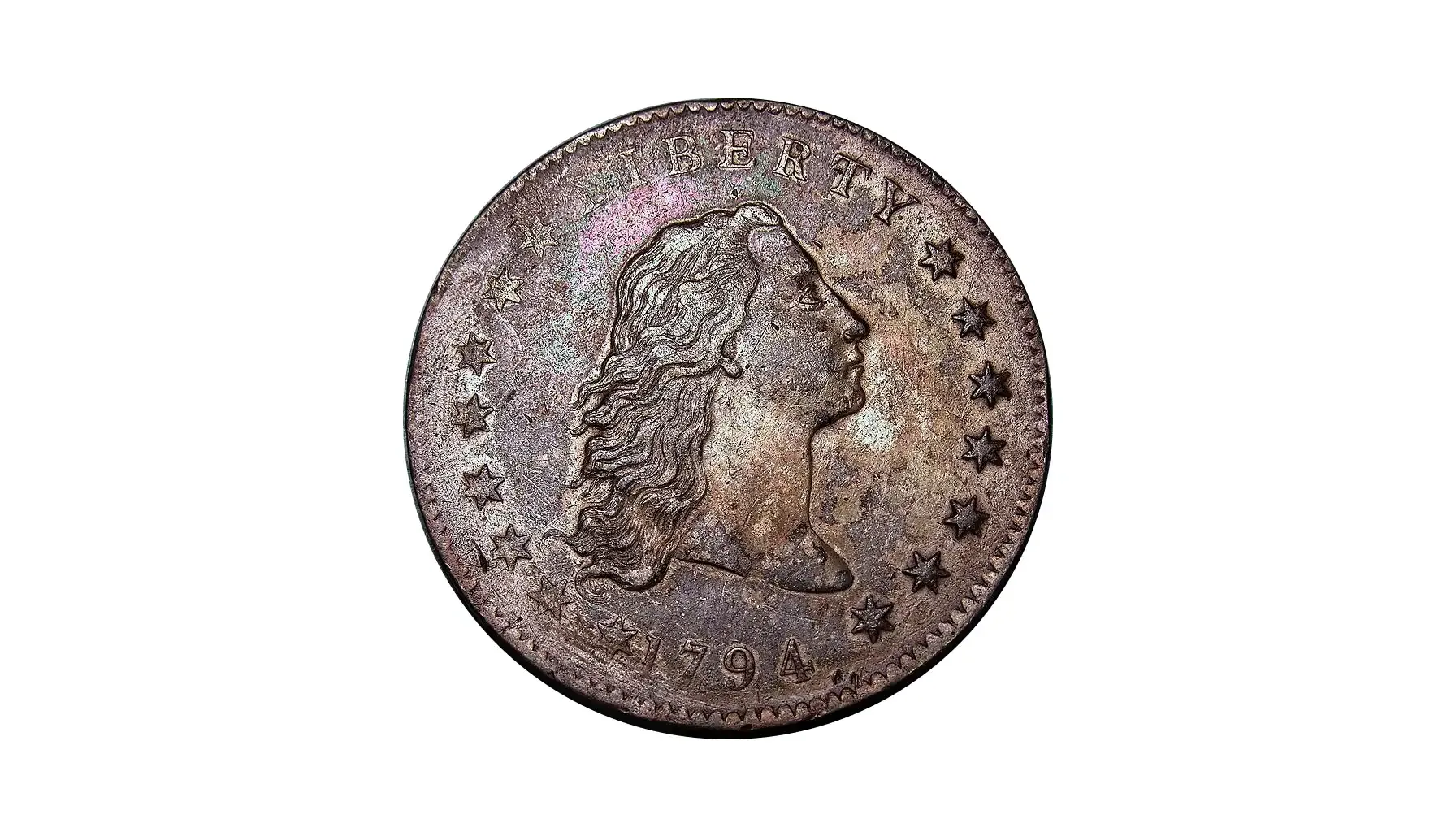Contents:
Ancient Rome was one of the greatest civilizations that ever existed on Earth, and the echoes of their erstwhile glory can be heard in the attributes taken from those days. The coins, i.e., the relics that may stay well-preserved for thousands of years, deliver the prominence of a bygone empire that still fuels the cultures and defines our philosophies. However, collecting these small metal time machines can be a bit complicated at first.
The value of the Roman coins cannot be exaggerated. Today, when each piece of material history should be hard-fought for, getting even a minor instance is a success. So, how much are ancient Roman coins worth these days? What types of Roman coins should we look for? And what coin identifier app to use and what are other ways to create the finest collection possible?

Types of Rare Roman Coins
Indeed, antique Roman coins value a lot, and they can be conditionally categorized based on numerous criteria, including their cultural significance, minting methods, designs, the period, etc. Let us quickly get through a few key types that may be sensible to consider:
Imperial Coins: This is obvious, these coins were issued in the name of emperors celebrating their magnificence, power, and achievement. This is why imperial coins typically portrayed the profiles of rulers like Augustus, Nero, and Trajan.
Provincial Coins: As its name suggests, these were generated in the provinces of the Roman Empire which gave them a special flair for local cultures and their deities.
Denarii: Nevertheless, so as to create a stable economic system, there were released denarii, standard silver coins typically minted during military campaigns and other literally outstanding events.
Gold and Bronze Coins: As the economy evolved, the citizens of the Roman Empire started using coins made of gold (for high-value transactions) and bronze coins (for more mundane trading purposes). Are Roman coins valuable? Yes, indeed, especially when they were in circulation like these options but preserved their exceptional appearance.
Error Coins: No one is immune to mistakes, and the production of the coins in Ancient Rome also witnessed such a situation. Errors, such as misstrikes or unusual markings are rare, yet this is exactly what most collectors are looking for.
How Much Are Roman Coins Worth Today
Although the old Roman coins value may differ according to specific factors like rarity, condition, and significance, there could be traced some tendencies in terms of ancient Roman coin values and customer demands.
Common coins, for example, represent denarii that range from $10 to $100, and uncommon coins like those of imperial period or provincial origin sell for $100 to $1000. Besides, coins praising notable figures in the history of Ancient Rome are typically considered rare due to their limited mintage, which is why their prices are not limited to $1000. Finally, unique, i.e., exceptional examples, of coins with a prominent background, errors, or whatsoever, can fetch tens of thousands or even more! This means that Roman coins are one of the main trends in coin collecting.
Useful Resources for Collectors
Should you wish to learn more about Roman Empire coins values, their origins, and the like, it might be reasonable to appeal to trustworthy resources to identify, evaluate, and purchase coins with ease. For both novice and experienced numismatists, the following materials and tools may be priceless:
Reference Books
David R. Sear's "Roman Coins and Their Values" presents a thorough guide that delivers complete information on the several kinds of Roman coins, their background in history, and their current market costs. Besides, "The Roman Imperial Coinage (RIC)" series demonstrates a multi-volume compilation of Roman coins from the earliest emperors right to the fall of the empire.
Lastly, we recommend that you read "Coins of the Roman Empire in the British Museum”, i.e., an extensive inventory of Roman coins kept in the British Museum. Note that the latter option may be a bit too scientific yet still intriguing.
Online Databases and Applications
The industry dazzles with various digital tools that may make your numismatic endeavors easier and more captivating. Apps like Coin ID Scanner, for instance, connect their users with literal encyclopedias that offer information about any known instances of coins, even about 100 won coins. Besides, the above-mentioned app guarantees that one can promptly identify coins and their defects by pointing the camera at them right via the app.

Auction Houses and Dealers
Among the most well-respected dealers is Heritage Auctions, i.e., a renowned ancient coin auction firm that often lists Roman coins with little to no exaggeration of the ancient Roman coin values. One more company specializing in ancient coin sales and auctions, i.e., CNG (Classical Numismatic Group), CNG provides a wide range of Roman coins along with in-depth analyses and expert appraisals on the spot.
Coin Grading Services
Basically, there are two major companies responsible for legally accepted grading services – PCGS (Professional Coin Grading Service) and NGC (Numismatic Guaranty Corporation). While NGC provides expert Roman coin grading services, including examination of condition, encapsulation, and authenticity, PCGS also grades historical coins and provides certification services to assist collectors and prove the authenticity and state of the coins.
Coin Shows and Conventions
Lastly, the best way to collaborate with like-minded enthusiasts and explore new perspectives is to attend reputable coin shows and conventions like The New York International Numismatic Convention and The ANA World’s Fair of Money. In general, these events allow collectors to network, meet dealers, discover how much is a Roman coin worth today, attend relevant seminars and workshops, and view rare coins in person.
Ancient Roman coin values speak about the attitude toward our common history, the appreciation of the past, and the desire to get involved in the cultural context together. So, let us enjoy and cherish these relics and do everything we can so as to preserve them for the next generations to pass.



